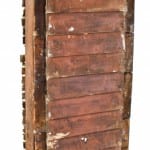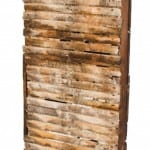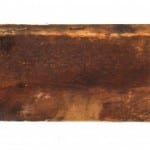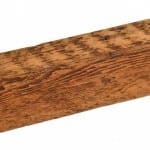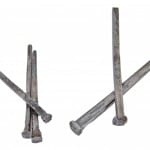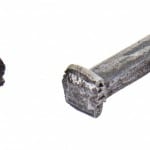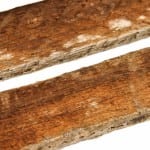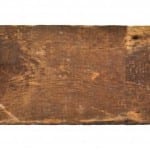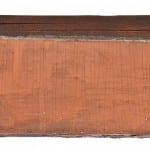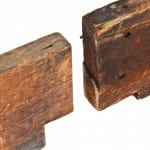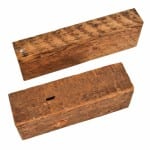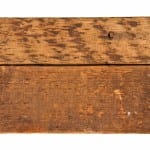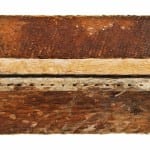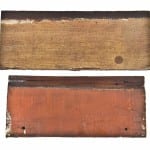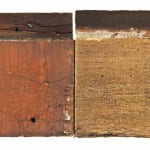salvaging building materials from an 1870's chicago two-story worker's cottage
This entry was posted on December 10 2014 by Eric
as a late 1870's two story worker's cottage is rapidly being transformed into a growing pile of splintered old growth wood, i managed to work around the ongoing chaos and extract several intact building components that were used to build this modest 19th century hybrid frame dwelling; incorporating the use of balloon frame and post and beam construction. the interior of the house underwent a complete overhaul sometime in the 1970's, so there was nothing worthwhile to salvage for "resale" purposes. the exterior on the other hand - especially along the facade, features a multitude of typical italianate style "clustered" angle wood scrolliated brackets and distinctive ornamented wood hoods or headers above the arch top windows (note the single surviving sash frame with muntins intact). once the wrecker nears the front of the house, i will direct my team to remove these elements, if not too badly weathered.
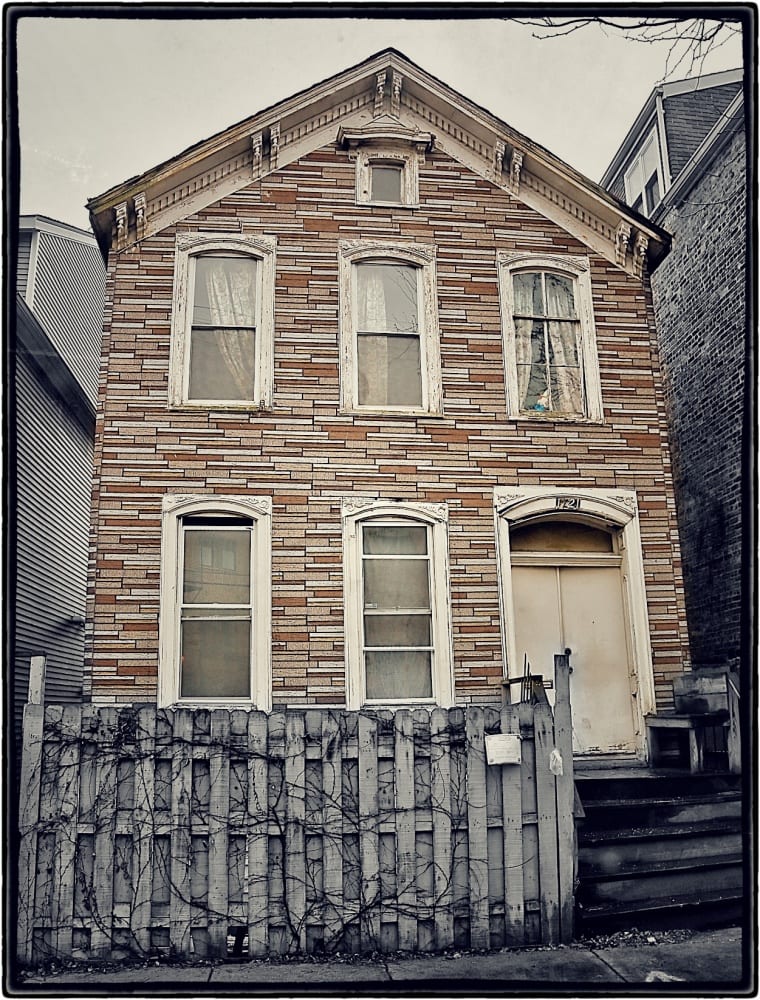
despite their being very little to salvage for resale purposes, i quickly dismissed that option by focusing instead on capturing materials or in one instance, an entire "system" of the house, in order to add new material to my "historic building materials" photographic database, and to bolster my ongoing research pertaining to the evolution and/or experimental construction methods used in residential and commercial structures used in chicago between 1830-1890.
the millwork catalogs during this time-span clearly demonstrated that certain materials (e.g., doors, molding, spindles and newel posts, etc.) could easily be replicated on a much larger scale to accommodate the dizzying rate of residential and commercial construction during the "boom years," but the availability of lumber (harvested from the forests of wisconsin), along with other "raw" materials continuously fluctuated, especially during chicago's "pioneer days."
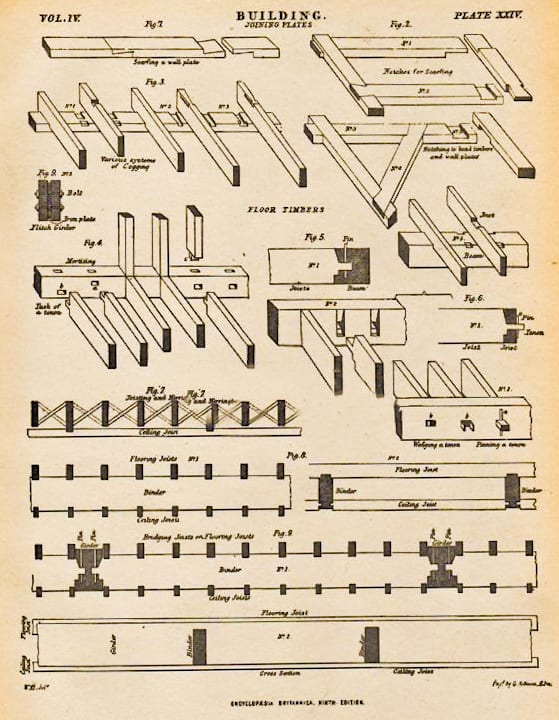
with the advancement of technology, including increasingly sophisticated machinery embraced by sawmills and millwork companies alike during the late 19th century, more uniformity in material and thus methodology was more commonplace, so anything after 1890 doesn't hold much interest for me. since this particular house was built within my established perimeters, i was very motivated to switch gears and and sift through the rubble to source materials to photodocument back at the shop for further study.
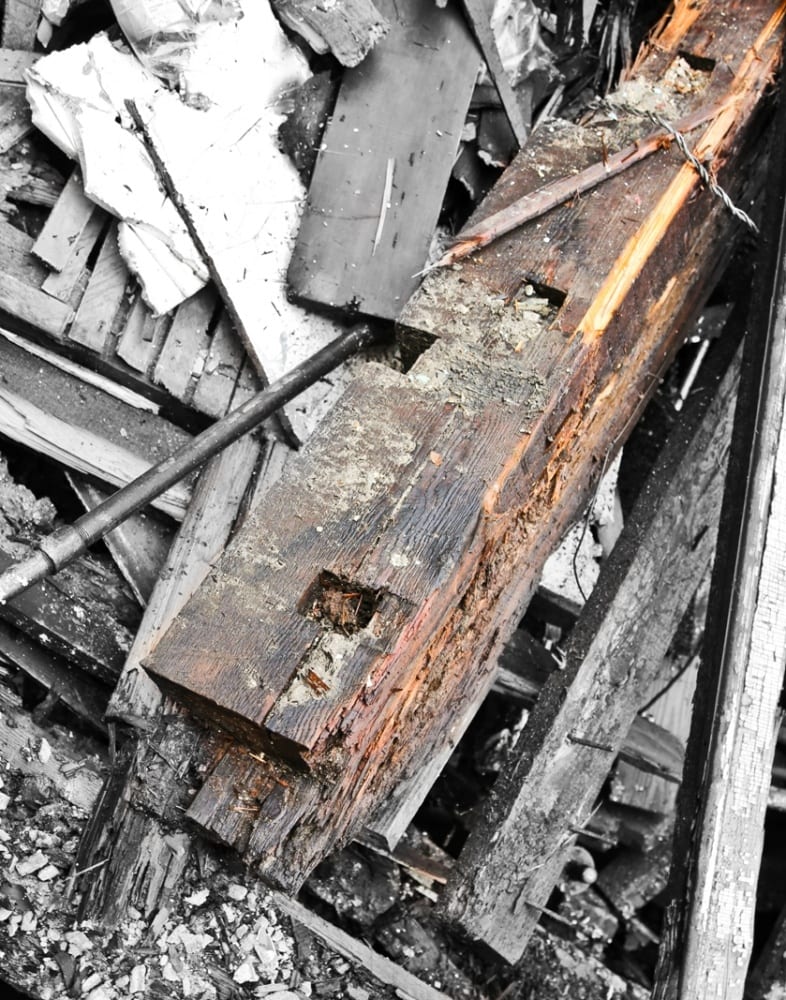
unfortunately, by the time we were made aware of the demolition, nearly half the house was gone, so in addition to sorting through the rubble, i managed to document an interesting "cross-section" and/ or exposed assemblage of the materials and methods used to construct this cottage.
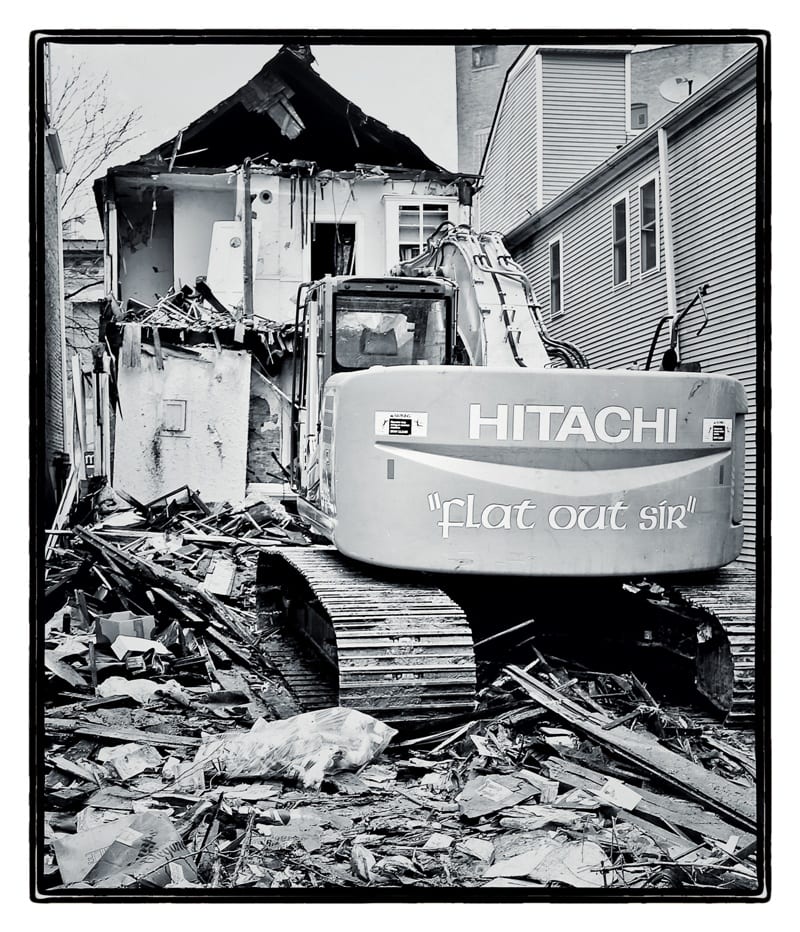
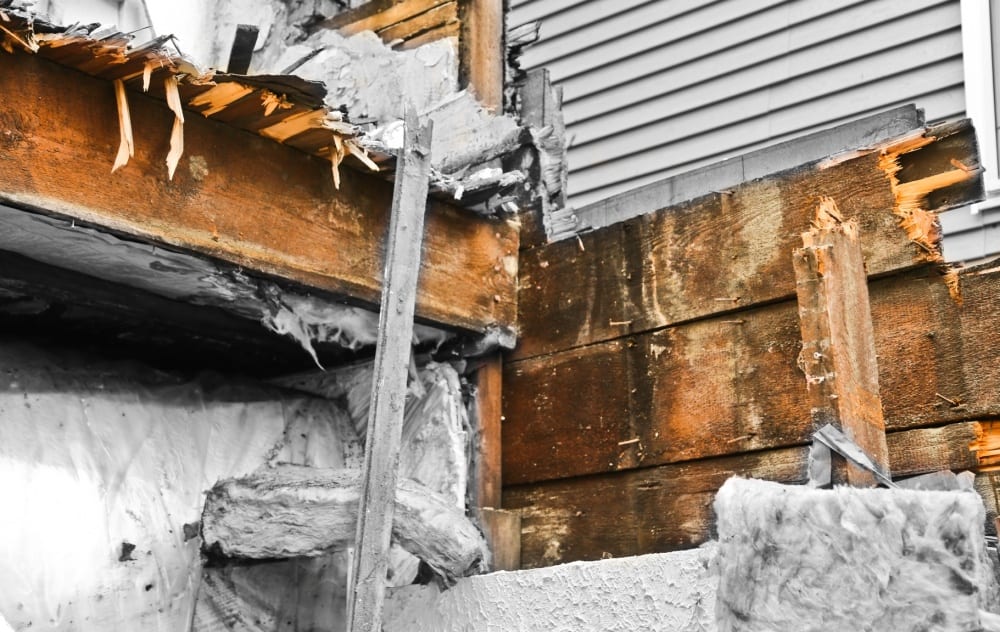

i immediately saw what remained of the balloon framing, nailed together with (mostly) dimensional lumber, supported by gargantuan posts or beams (i.e., sill plates) fastened together with mortise and tenons joinery. these two methodologies reinforced my theory that the majority of frame dwellings constructed before 1890 often utilized a combination of technologies, which still included the use of heavy timbers and not just dimensional lumber nailed together. i will expound on this in greater detail in future posts.
the photogallery shown below offers some of the components retrieved from the rubble that were lightly cleaned and shot in my studio. the system, consisting of undisturbed clapboard, sheathing, studs and lath and plaster is especially interesting to examine as a complete unit. i was fortunate to spot this and rather surprised that it remained intact despite the thrashing of the backhoe. in addition, i added some "compare and contrast" images the contain both materials from this house (1870's) and the john kent russell house (1855). clearly, there are some obvious differences, including the size and shape of the dimensional lumber, along with saw markings and so on. both houses utilized white pine, which was one of the predominant wood species used to build chicago from its earliest days. the great majority of this old growth wood was sourced from wisconsin.
- intact “system” with original clapboard
- intact “system” with original lath and plaster
- detail of system
- first floor joist
- stud section
- cut or “square” nails
- detail of cut nail heads
- lath detail
- sheathing
- clapboard section with crazed paint
- first floor joists with john kent russell house (1855) on the left
- studs with john kent russell (1855) in the foreground
- detail of studs from both houses
- comparison of lath profile used in the cottage (bottom) and the russell house (top)
- clapboard from russell on the top
- detail of clapboard from both houses
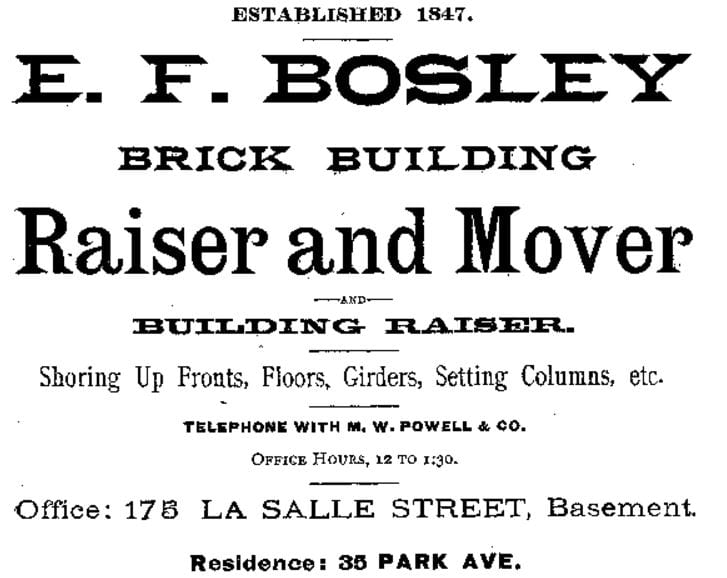
This entry was posted in , Miscellaneous, Salvages, Bldg. 51, New Products, Events & Announcements, New Acquisitions & Bldg. 51 Feed on December 10 2014 by Eric
WORDLWIDE SHIPPING
If required, please contact an Urban Remains sales associate.
NEW PRODUCTS DAILY
Check back daily as we are constantly adding new products.
PREMIUM SUPPORT
We're here to help answer any question. Contact us anytime!
SALES & PROMOTIONS
Join our newsletter to get the latest information

